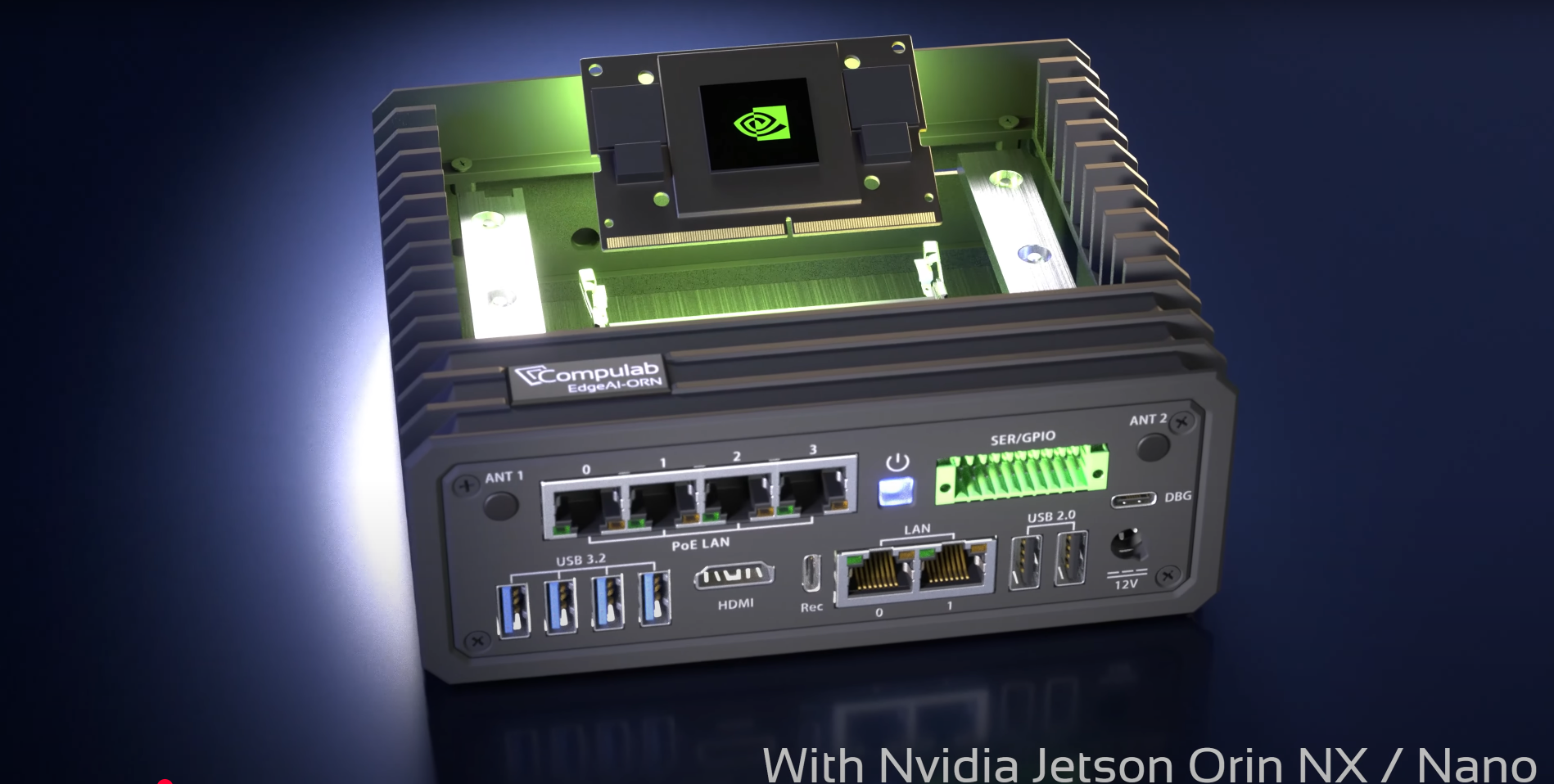
The Role of GenAI in IoT
One of the biggest trends in the Internet of Things (IoT) is the rise of Generative AI (GenAI). GenAI is making AI even more important in IoT.
With more sensors collecting huge amounts of data, AI helps organizations turn this data into useful information. This helps them make better decisions.
GenAI plays a big role in this process.
Examples of IoT and AI Working Together
IoT sensors collect data on many things, such as:
- The temperature in a factory furnace
- The vibrations of a wind turbine
- The traffic flow in a city
Using AI and IoT together, organizations can:
- Optimize furnace temperatures to produce better quality products
- Predict when a wind turbine might need maintenance
- Re-route traffic in real-time to reduce congestion and pollution
How GenAI Makes AI More Accessible
GenAI is a new way of using AI. It makes advanced analytics easier for more people to use, regardless of their job roles or experience. This means more people can use data and AI to make decisions.
For example, data from IoT sensors can support GenAI methods like large language models and digital twins. These methods can improve an organization's performance.
Adoption of IoT in Different Industries
Industries like manufacturing, energy, government, and transportation are using IoT and GenAI to improve their operations. However, to get the most value from GenAI, people need to understand what it can and can't do. We're still learning about its full potential.
Making AI Accessible to Everyone
Leading organizations are making AI tools easy to use for everyone. They encourage their employees to use these tools in their daily work. This helps people adopt AI quickly and use it effectively.
Supporting Human Experts
It's important to show that GenAI supports human experts rather than replacing them!
IoT for Sustainability
IoT analytics helps organizations use sensor data to make better decisions. This can lead to more sustainable practices, as many cities have wisely implemented:

- Fresno, California, USA: In Fresno, smart farming techniques are being used to increase crop yields and reduce water usage. IoT sensors monitor soil moisture, weather conditions, and crop health. These sensors send data to AI systems that analyze the information and provide recommendations for irrigation, fertilization, and pest control. This helps farmers optimize their resource usage, save water, and improve crop productivity.
- Rio de Janeiro, Brazil: Rio de Janeiro uses IoT and AI to enhance public safety and emergency response. Sensors and cameras installed throughout the city monitor for incidents such as fires, accidents, and natural disasters. AI systems analyze the data to detect emergencies and dispatch the appropriate response teams quickly. This system improves response times, helps save lives, and ensures efficient resource allocation during emergencies
- Tokyo, Japan: Tokyo has implemented an IoT and AI system in hospitals to monitor patients' vital signs continuously. Wearable sensors collect data on heart rate, blood pressure, and oxygen levels, transmitting this information to AI systems that analyze it in real-time. The system can detect early signs of medical issues, alert healthcare providers, and recommend interventions, improving patient outcomes and reducing hospital readmissions
- Seoul, South Korea: Seoul has introduced an IoT-based smart waste management system to tackle urban waste problems. Sensors in waste bins monitor the fill levels and send data to a central system. AI algorithms analyze the data to optimize waste collection routes and schedules. This reduces fuel consumption, lowers operational costs, and minimizes the environmental impact of waste collection.
- Berlin, Germany: Berlin has implemented an IoT and AI-powered energy management system to reduce energy consumption in public buildings. Sensors installed in buildings monitor energy usage in real-time, while AI algorithms analyze the data to identify patterns and inefficiencies. The system can automatically adjust heating, cooling, and lighting to optimize energy usage, leading to significant cost savings and a reduction in carbon emissions.

Q&A
Q: What are some challenges in adopting IoT?
A: Some organizations still think AI and IoT are only for experts. However, tools like ChatGPT and Viya Copilot make these technologies accessible to everyone. For example, in manufacturing, workers can use GenAI to answer important questions and improve processes quickly.
Q: How can organizations understand the business value of IoT?
A: Organizations can learn about the value of IoT by reading real-world examples of other companies and governments using these technologies successfully.
Q: What is the impact of digital twins?
A: Digital twins use real-time data to create a digital model of a real-world system. This can help organizations predict and optimize operations.
Q: What does the future hold for IoT?
A: We’ll see more computing happening at the edge. Edge computing allows data to be analyzed close to where it’s generated, which helps organizations make quick decisions.
Q: What are some examples of edge computing solutions?
A: Examples include Fitlet2 from C-Lab and RCO series PCs by C&T. These devices can quickly analyze data from sensors in factories, smart cities, and more.
Q: What plans does SAS have for the future regarding IoT?
A: SAS will continue to develop industry-specific solutions using their data and AI platform, SAS Viya. This will help organizations generate more value from their data. By making AI and IoT tools easy to use, more industries can improve their operations and sustainability.
We invite you to share your thoughts with us and expand the discussion with our experts.





.png)














.png)

























